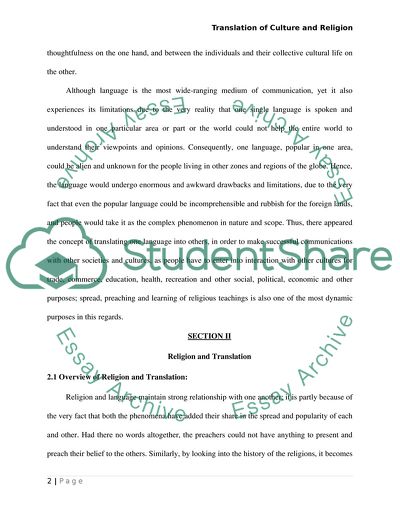Cite this document
(Translation of Culture and Religion Research Paper, n.d.)
Translation of Culture and Religion Research Paper. Retrieved from https://studentshare.org/religion-and-theology/1764143-translation-of-culture-and-religion
Translation of Culture and Religion Research Paper. Retrieved from https://studentshare.org/religion-and-theology/1764143-translation-of-culture-and-religion
(Translation of Culture and Religion Research Paper)
Translation of Culture and Religion Research Paper. https://studentshare.org/religion-and-theology/1764143-translation-of-culture-and-religion.
Translation of Culture and Religion Research Paper. https://studentshare.org/religion-and-theology/1764143-translation-of-culture-and-religion.
“Translation of Culture and Religion Research Paper”, n.d. https://studentshare.org/religion-and-theology/1764143-translation-of-culture-and-religion.


